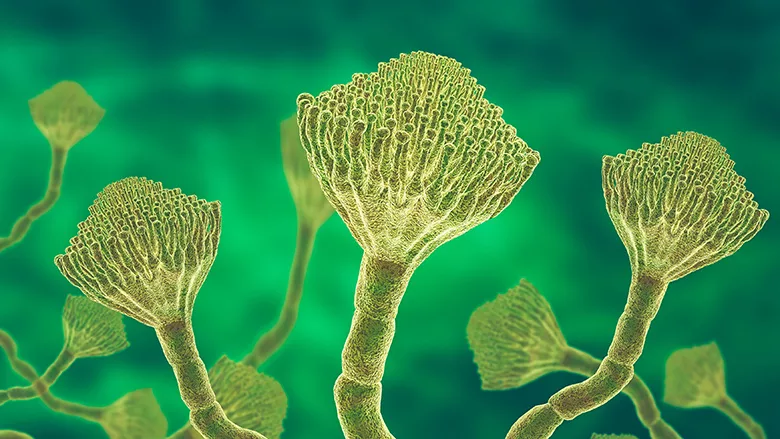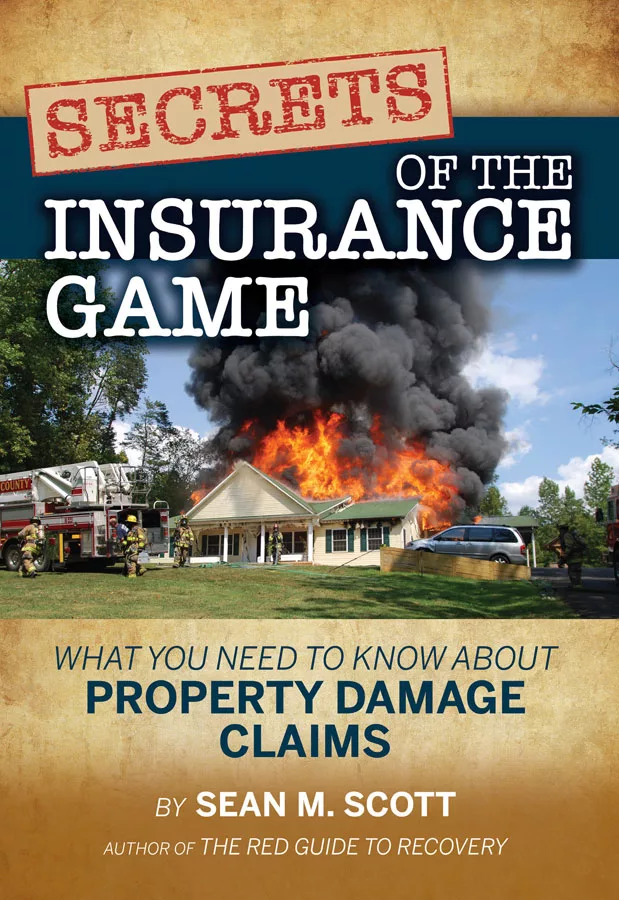Understanding the Real Health Risks of Water-Damaged Buildings: Beyond the Mold

Credit: Gilnature / iStock via Getty Images Plus
I was recently sent a couple short video clips from a former student where the speaker was discussing his disdain for the idea that toxigenic mold species were causing health problems in water damaged buildings (WDB). After watching the two videos, it was clear that his position was based on three points:
- Dangers to health from water-damaged buildings comes from more hazards than just mold.
- Water damage in US buildings does not result in toxigenic mold.
- Even if molds that produce mycotoxins (poisons released by various mold species) there is not enough exposure potential to cause health effects.
Interestingly, I was in agreement with his first point. In my mold remediation classes, I have emphasized for decades that water-damaged buildings have an environment that constantly evolves; and mostly in a bad way for occupants. The growth of micro-organisms includes bacteria, mold and other odd characters. Of these, mold, mycotoxins, beta glucans (small pieces from the mold cell walls that trigger the immune system and lead to inflammation), byproducts of Grahm negative bacteria (endotoxins) and Grahm positive bacteria (actinomyces) pose the most danger to human health.
Mold is particularly offensive because it can damage health as an allergen (spores/fragments), irritant (mold VOCs), poison (mycotoxin) and infectious agent (viable spores). The good news is that proper remediation takes care of all these issues.
The bad news is that few remediation projects that follow the current industry standard of care are completed well enough to be effective for the substantial subset of the population (25%+) that are estimated to be genetically pre-disposed to mold sensitivity. These individuals can be adversely impacted by mycotoxins and other WDB byproducts left behind by incomplete remediation.
The reasons for this danger are many. The physiology of many mold sensitized individuals does not allow them to break down or eliminate the mycotoxins in their body. That means that even minute quantities of contaminants inhaled or ingested continually re-circulates inside them. This continuous exposure then triggers inflammation and a cascade of other symptoms.
The mycotoxins, which go airborne by clinging to tiny dust particles, are inhaled deep into the lungs or are lodged on the sinus membrane at the back of the nose. From that critical position in the body the mycotoxins can even penetrate the sinus barrier and enter directly into the brain. This was first proven in an animal study done at Michigan State University over 15 years ago; and replicated in human studies many times since.1
As noted previously, mold and their mycotoxins are just one aspect of the dangerous microbiology of WDB. But they cannot be dismissed with a cavalier statement that mycotoxins are a "red herring", as was stated in one video clip. The evidence uncovered over the last decade is that mycotoxins are both typically present in WDB and significant contributors to ill health. Dr. Erica Bloom at Lund University in Sweden has been a pioneer in the study of mycotoxins for well over a decade. A key portion of one of her reports about the prevalence of mycotoxins notes:
...analysing dust and materials samples from buildings damaged by mould, has established that virtually all of the mould samples contained potent toxins. As little as a few picograms (a picogram is one millionth of a millionth of a gram) of these mycotoxins can not only directly kill cells but can affect immune cells in a way that increases the risk of allergies.2
Just this one document, let alone the hundreds of similar findings that have been published over the past 10 years, conclusively proves that mycotoxins are much more prevalent in WDB than previously recognized.
Another factor is that the speaker in the video, who holds the title of Certified Industrial Hygienist (CIH), states that "environmental conditions are not present in wet US buildings to result in mycotoxins". This is simply in error. Just one of many studies puts this false understanding of the toxicity of mold and mycotoxins in WDB to rest for good.
Some studies showed that average airborne fungal spore concentrations were higher in buildings where mould was a contaminant than in normal buildings and that there was a strong association between fungal contamination and health problems for occupants. In addition, the most frequent fungal species on surfaces are also those most commonly identified in indoor air, regardless the geographical location in Europe or the USA3
In addition to the issue of the presence of mycotoxins the CIH also stated that mycotoxins "rarely, if ever" resulted in actual health problems. One of his pieces of supporting evidence was that often the mycotoxins are measured in picograms. He then posits that the results are too small to be of any harm. Again, Dr. Bloom's summary directly addresses this misunderstanding:
New research also shows that mould releases extremely small particles that remain suspended in the air, and can get into our lungs much more easily than the spores on which research has previously focused. This can increase exposure to mould and mycotoxins hundreds of times over compared with previous calculations. Moreover, mycotoxins have been shown to have a synergistic effect: the effect of two toxins is not merely 1 + 1 but much greater.2
Nor was this information difficult to find. The quotes from the study by Dr. Bloom were literally the first citation when searching using the phrase “Lund mycotoxin” (I remembered Dr. Bloom's university before I could recall her name.)
Of course, it is not all scientific data; experiential information is also critical. As a consultant, I have been involved in myriad cases that follow a similar pattern:
- The occupants are sick with symptoms that line up with mold/mycotoxin exposure.
- Testing often confirms the presence of mycotoxins associated with WDB in the environment, the person or both.
- Cleaning designed to properly address the mycotoxins is performed.
- Marginal or significant improvement in symptoms is reported.
- Removal of continuing environmental exposure allows effective medical treatment of the occupant (often by functional medicine professionals in addition to MD's).
- Significant reduction, or elimination, of symptoms is reported and documented by appropriate health markers.
There is much more that I could share, but I hope that you get the point. Mycotoxin contamination in wet buildings is real, it is dangerous, it causes health problems for many occupants (particularly mold sensitized individuals), it can be addressed but generally is not adequately remediated by traditional mold removal projects (the focus is on removal of visible sources and does not include proper cleanup of previously contaminated adjacent areas) and the awareness of these issues is finally getting the attention it deserves.
Footnotes:
- A good summary of this truth about mycotoxins reaching the brain by crossing the blood/brain barrier can be found in the four-part article series published by ImmunoLytics titled Mycotoxins and Neurotoxicity https://immunolytics.com/brain-fog/#follow)
- Mould Toxins More Prevalent And Hazardous Than Thought. ScienceDaily, 15 December 2008.
- Fungal Contamination of Building Materials and the Aerosolization of Particles and Toxins in Indoor Air and Their Associated Risks to Health: A Review Toxins Journal; February 25, 2023
About Pinto Solutions LLC
Michael A. Pinto serves as CEO of the organization. The company focuses on assisting clients in identifying and resolving issues related to indoor contaminants. Asbestos, lead, mold, fire residue, chemicals, odors, electromagnetic frequencies and general indoor air quality issues are all areas of expertise where Pinto Solutions uses practical science to provide real answers. To go along with his PhD in Environmental Engineering, Michael has earned six different industry certifications including: Certified Safety Professional (CSP), Certified Mold Professional (CMP), Safety Management Specialist (SMS), Registered Third Party Evaluator (RTPE), Fire Loss Specialist (FLS) and Environmental Remediation Specialist (ERS). In addition, Mr. Pinto has held licenses in four different asbestos disciplines, two lead control categories and two mold remediation disciplines. For more information about the organization or its CEO, contact:
Pinto Solutions LLC
3530 Lakeview Isle Court
Fort Myers, FL. 33905
(269) 303-7149
pintosolutionsllc@gmail.com
Looking for a reprint of this article?
From high-res PDFs to custom plaques, order your copy today!







